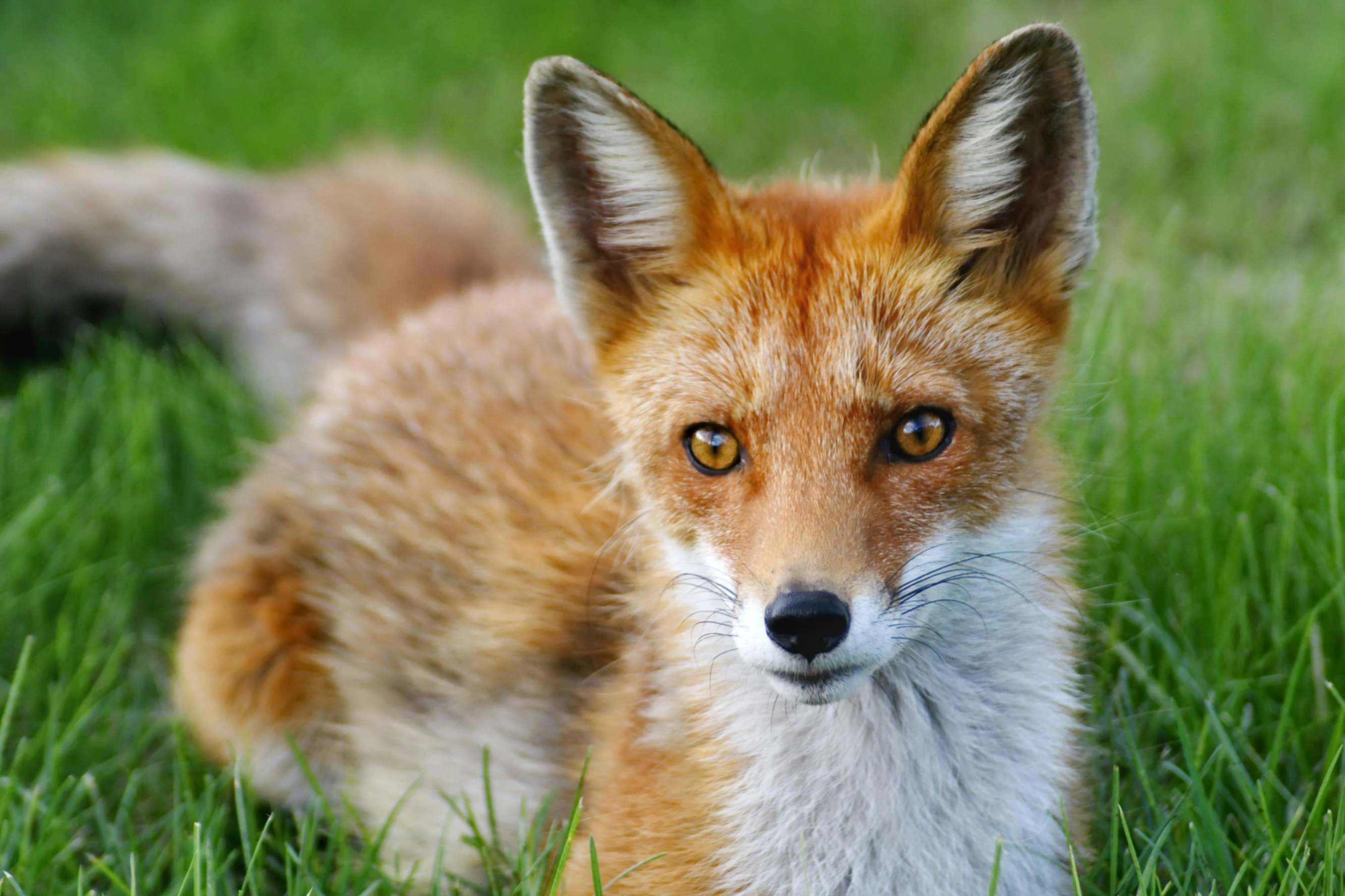
Smart Growth, Wild Spaces: Integrating Habitat Protection into City Planning
One of the most effective ways municipal governments can contribute to wildlife conservation is by incorporating habitat protection into local land use planning. Zoning ordinances, comprehensive plans, and development regulations can be powerful tools to preserve migration corridors, wetlands, and critical habitats. For example, jurisdictions can designate conservation overlay zones that restrict high-impact development in ecologically sensitive areas or require developers to maintain green infrastructure that supports species movement and habitat connectivity.
Local planning departments should collaborate with state wildlife agencies and use spatial data from sources like the U.S. Geological Survey (USGS) and the U.S. Fish and Wildlife Service (USFWS) to identify existing and future habitat corridors. This forward-looking approach is especially relevant as climate change shifts habitats northward and upward. Municipal planners can use predictive models, such as those developed by the Nature Conservancy's Resilient and Connected Network, which help identify lands that will be important for species' long-term adaptation to climate change and prioritize them for conservation or low-impact development strategies1.
Policy Tools for Municipal Wildlife Protection
Cities and counties have several practical policy instruments at their disposal to enhance wildlife conservation. Conservation easements are one such tool. Local governments can work with land trusts or use their own authority to purchase development rights on private lands, ensuring those areas remain undeveloped and ecologically functional. Easements can be especially effective in protecting riparian buffers, forest patches, and urban-wildland interfaces that provide shelter and food for displaced or migrating species.
Additionally, municipalities can establish wildlife habitat ordinances that require new developments to include native landscaping, tree cover, and stormwater features that mimic natural systems. For example, some cities use ordinances that mandate the preservation of heritage trees and native plantings to support pollinators and birds affected by habitat fragmentation2. These ordinances can be particularly impactful when paired with incentives, such as density bonuses or expedited permitting, to encourage compliance and foster public-private partnerships.
Urban Conservation Strategies for Biodiversity
Urban areas, despite their density, offer unique opportunities for wildlife conservation. Green roofs, bioswales, and native gardens can provide microhabitats for pollinators, birds, and amphibians. Cities like Chicago and Portland have integrated these features into their stormwater management systems, creating multifunctional landscapes that benefit both wildlife and human communities3. Municipal departments of environment or sustainability can lead these initiatives, working in tandem with parks and recreation agencies to install and maintain green infrastructure across neighborhoods.
Creating wildlife-friendly corridors in cities requires intentional design and maintenance. For instance, converting abandoned rail lines into greenways, as seen in Atlanta’s BeltLine project, reconnects fragmented habitats while offering recreational benefits to residents. These projects can be funded through municipal bonds, state grants, or federal programs such as the Land and Water Conservation Fund. Involving local ecological experts in the planning phase ensures that the plant species and structural features support native wildlife and facilitate climate-resilient ecosystems4.
Community Engagement and Education
Long-term wildlife conservation success hinges on public support and behavior change. Municipalities can play a pivotal role by launching community education programs that raise awareness about local biodiversity and the importance of native species. Workshops, citizen science programs, and school partnerships can help residents understand how their actions—such as planting native species or reducing pesticide use—impact wildlife habitat.
One effective example is the “Backyard Habitat Certification” programs offered by some city governments in collaboration with conservation non-profits. These programs provide residents with guidelines and resources to transform their yards into functional habitat patches. When scaled across neighborhoods, such efforts create stepping stones for pollinators and small mammals, enhancing the viability of urban ecosystems. Municipal staff can further encourage participation by recognizing certified properties through signage or public maps, fostering a sense of community pride and stewardship5.
Leveraging Climate Projections in Wildlife Policy
Municipal governments must now plan for the future with climate resilience in mind. This includes using climate projection data to anticipate where species are likely to move and ensuring that those areas are protected or restored in advance. Tools like the U.S. Climate Resilience Toolkit and state-level climate adaptation plans provide granular data that local governments can apply to their conservation planning processes6.
Municipal staff can integrate this data into natural resource inventories and prioritize projects that enhance adaptive capacity. For instance, restoring riparian corridors not only supports biodiversity but also reduces flood risk and improves water quality—multiple co-benefits that align with city goals. Aligning wildlife conservation with broader municipal objectives such as disaster preparedness, public health, and green infrastructure development increases the political and financial feasibility of such projects.
Funding and Intergovernmental Collaboration
Implementing effective wildlife conservation at the municipal level often requires intergovernmental coordination and diversified funding sources. Cities and counties can apply for competitive grants through programs like the National Fish and Wildlife Foundation’s “America the Beautiful Challenge,” which funds landscape-scale conservation projects. Additionally, collaboration with state wildlife agencies and regional planning councils can help local governments align their efforts with larger conservation strategies and pool resources for greater impact7.
Public-private partnerships are another avenue worth pursuing. Local governments can collaborate with utility companies, academic institutions, and non-profits to pilot innovative conservation actions. For example, working with electric utilities to modify power line corridors into pollinator-friendly habitats can create long stretches of usable space for wildlife while reducing maintenance costs. These partnerships also provide opportunities to share monitoring responsibilities and access technical expertise not always available within municipal departments.
Measuring Success and Adaptive Management
Conservation efforts must be monitored over time to ensure they are meeting intended outcomes. Municipalities should incorporate adaptive management frameworks into their wildlife conservation plans, using indicators such as species richness, habitat connectivity, and water quality to assess progress. Regular monitoring allows cities to adjust strategies as conditions change, especially in the face of uncertain climate impacts.
Tools like wildlife cameras, acoustic sensors, and community-based biodiversity surveys can generate valuable data with relatively low investment. Municipal planning and environmental departments can also partner with local universities for research support and technical capacity. Data transparency is key—publishing results through municipal websites or dashboards keeps the public informed and demonstrates accountability, which is essential for sustaining long-term conservation funding and political will.
Bibliography
The Nature Conservancy. “Resilient and Connected Landscapes.” Last modified 2023. https://www.nature.org/en-us/what-we-do/our-insights/perspectives/resilient-connected-landscapes/.
City of Austin. “Environmental Criteria Manual.” City of Austin, Texas. Accessed April 2024. https://www.austintexas.gov/page/environmental-criteria-manual.
U.S. Environmental Protection Agency (EPA). “Green Infrastructure in Parks: A Guide to Collaboration, Funding, and Community Engagement.” EPA 841-R-16-112, 2017. https://www.epa.gov/green-infrastructure/green-infrastructure-parks.
U.S. Department of the Interior. “Land and Water Conservation Fund.” National Park Service. Accessed April 2024. https://www.nps.gov/subjects/lwcf/index.htm.
Columbia Land Trust and Audubon Society of Portland. “Backyard Habitat Certification Program.” Accessed April 2024. https://backyardhabitats.org/.
U.S. Climate Resilience Toolkit. “Tools.” National Oceanic and Atmospheric Administration. Accessed April 2024. https://toolkit.climate.gov/.
National Fish and Wildlife Foundation. “America the Beautiful Challenge.” Accessed April 2024. https://www.nfwf.org/programs/america-beautiful-challenge.
More from 2 Topics
Explore related articles on similar topics





